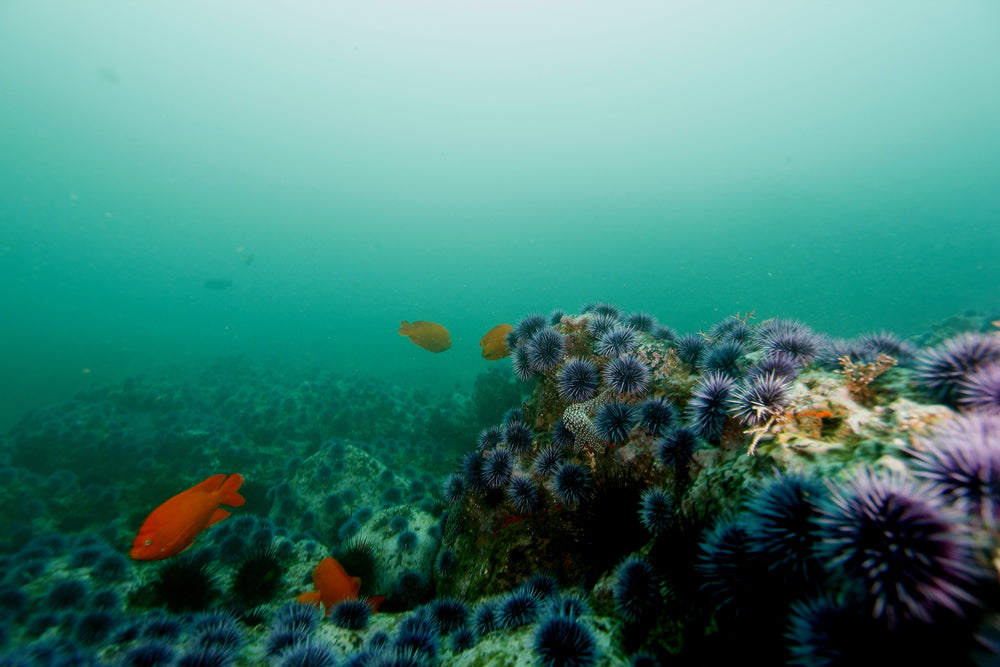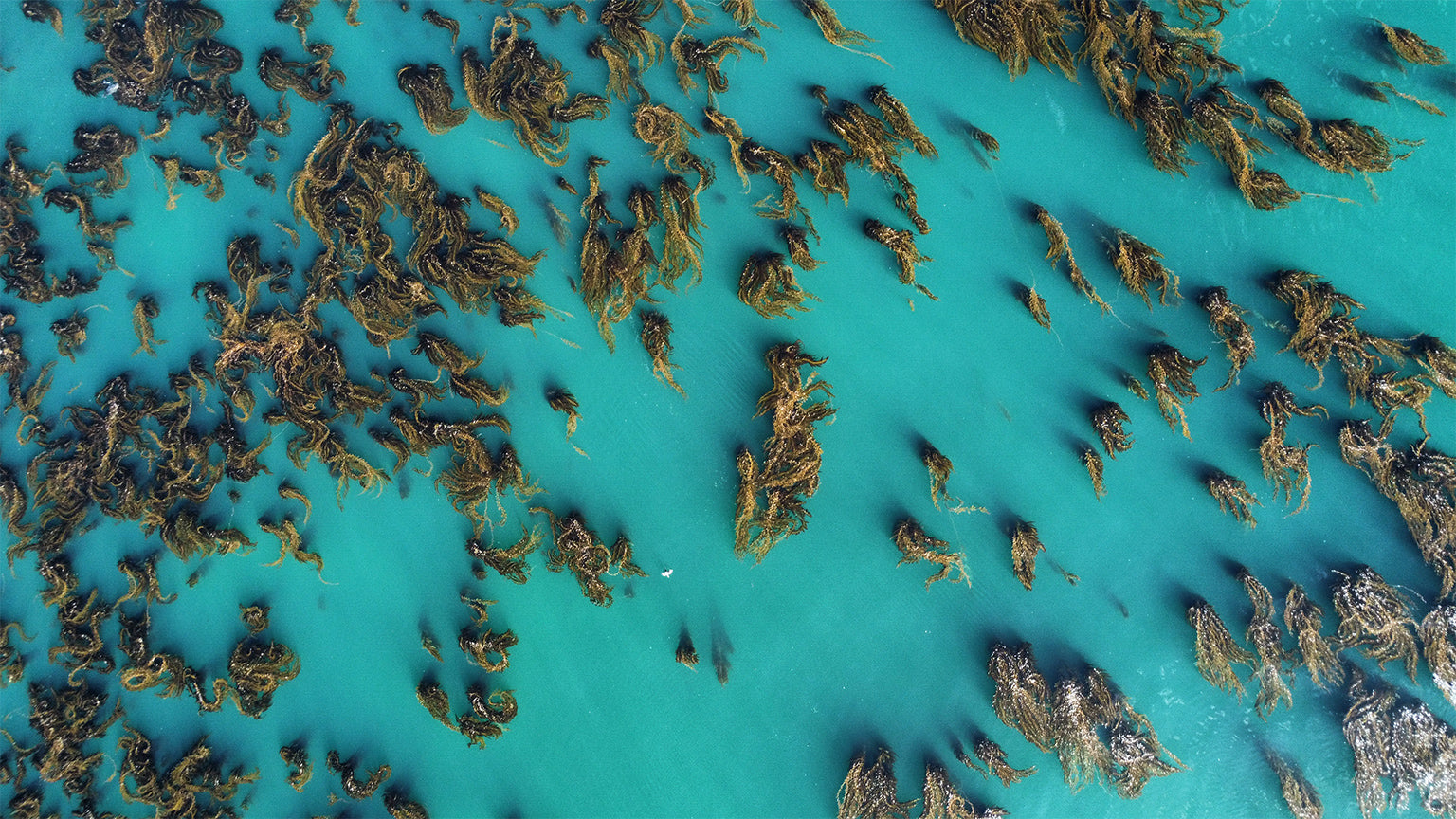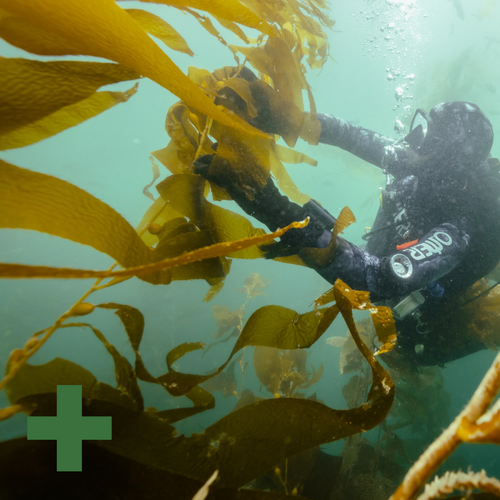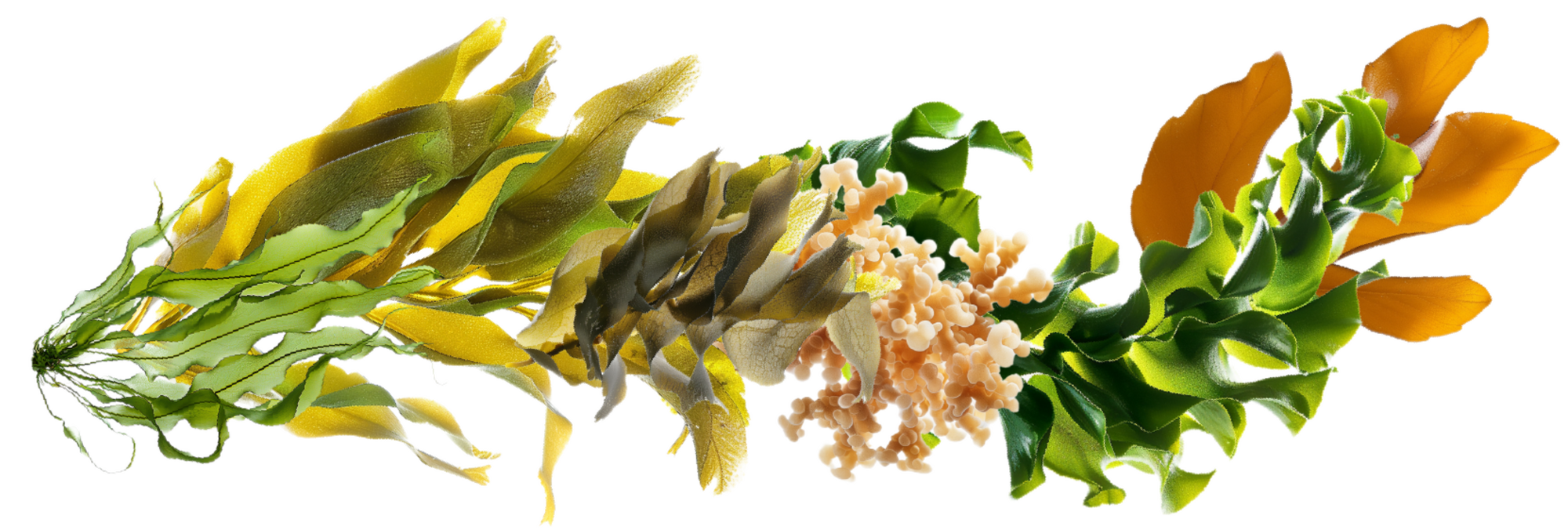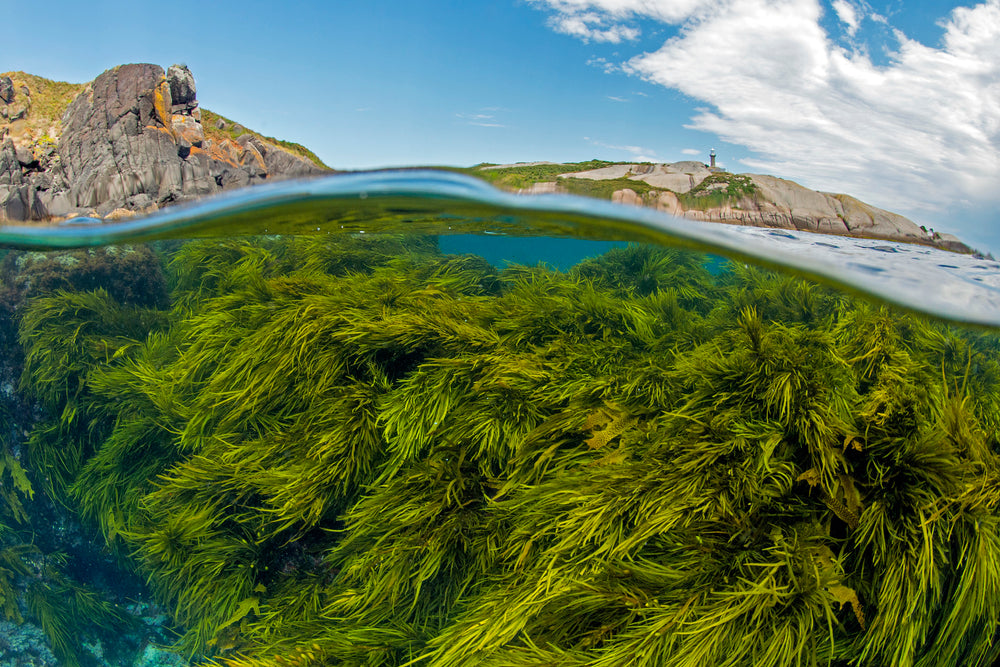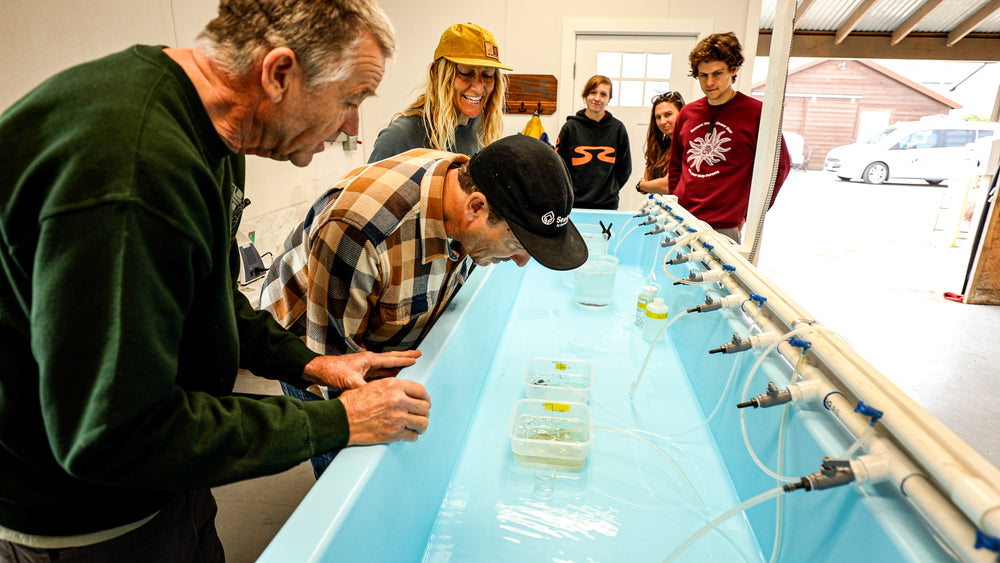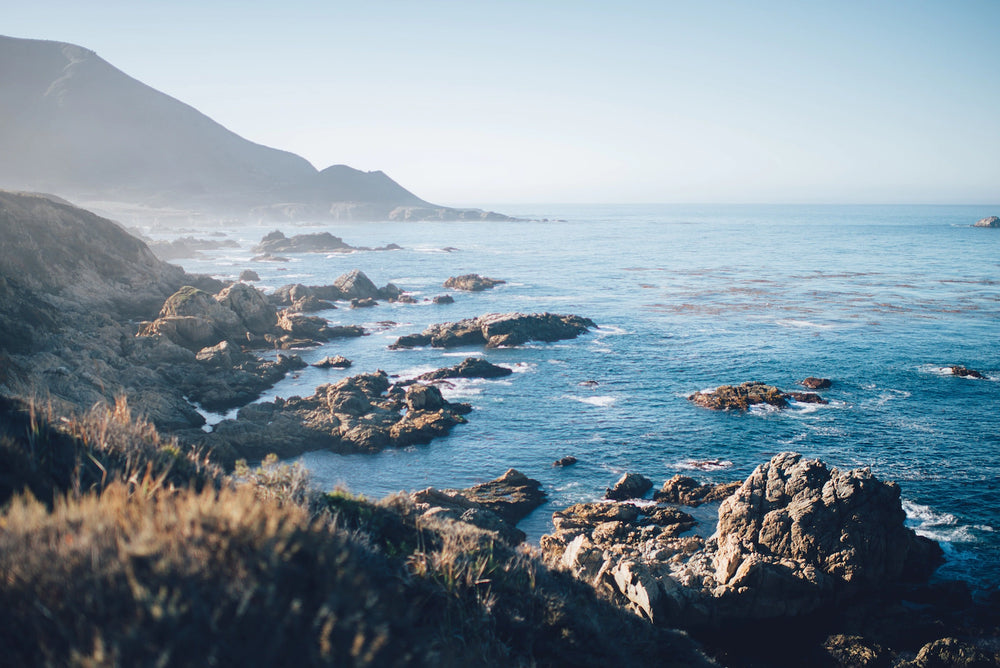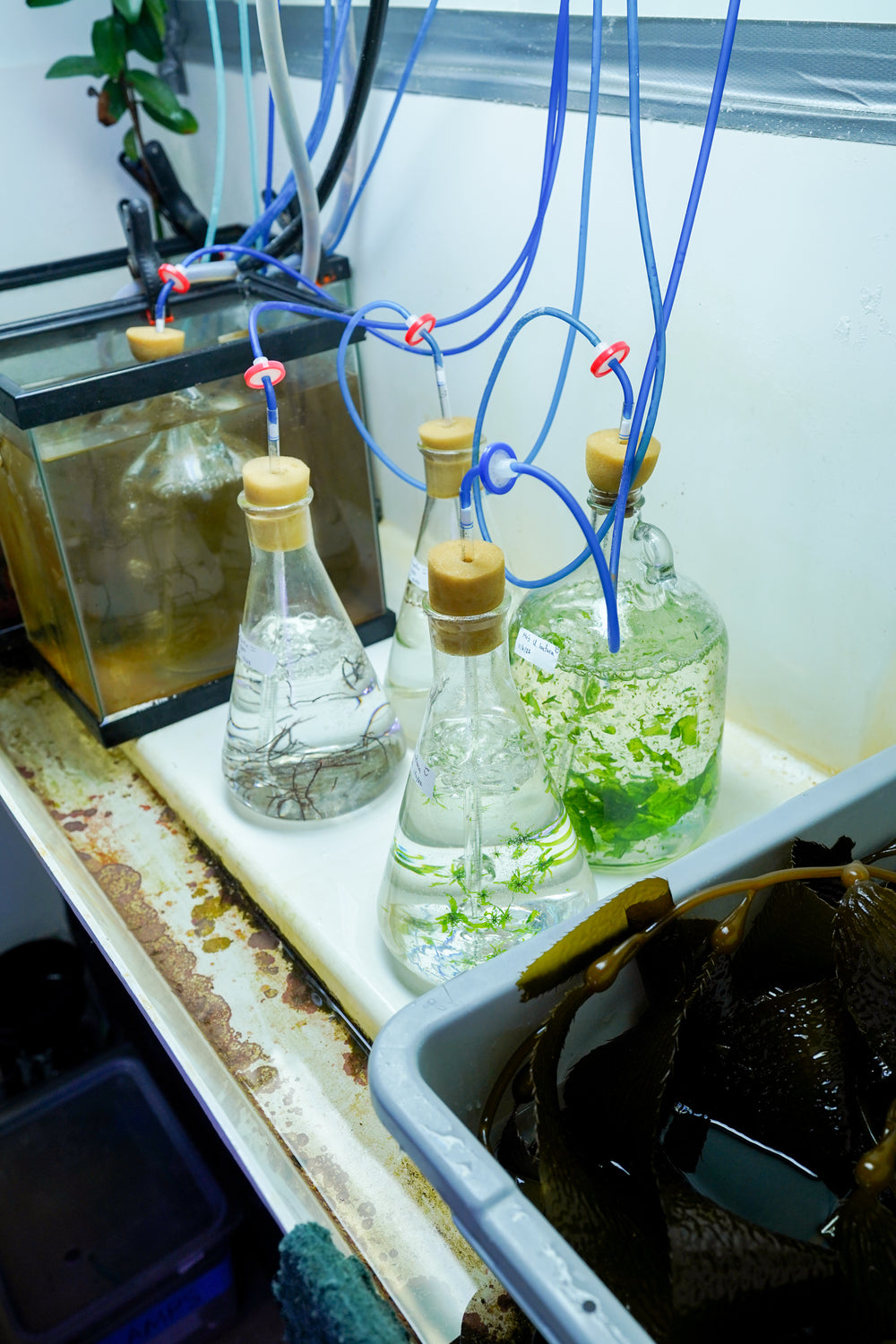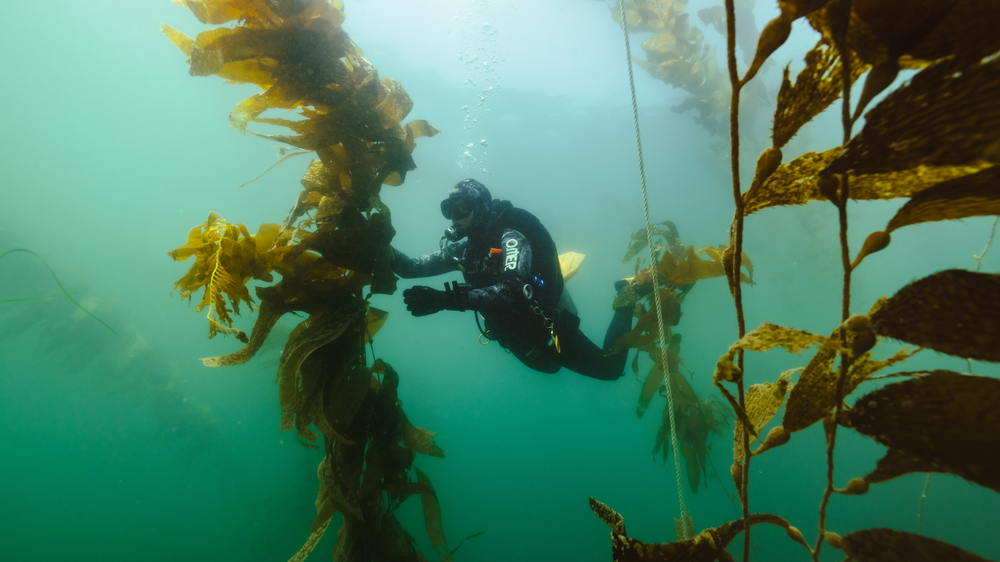Kelp forests are vital underwater ecosystems that provide habitat for a diverse array of marine life. They play a crucial role in coastal protection, fisheries support, and carbon sequestration, contributing significantly to climate change mitigation.
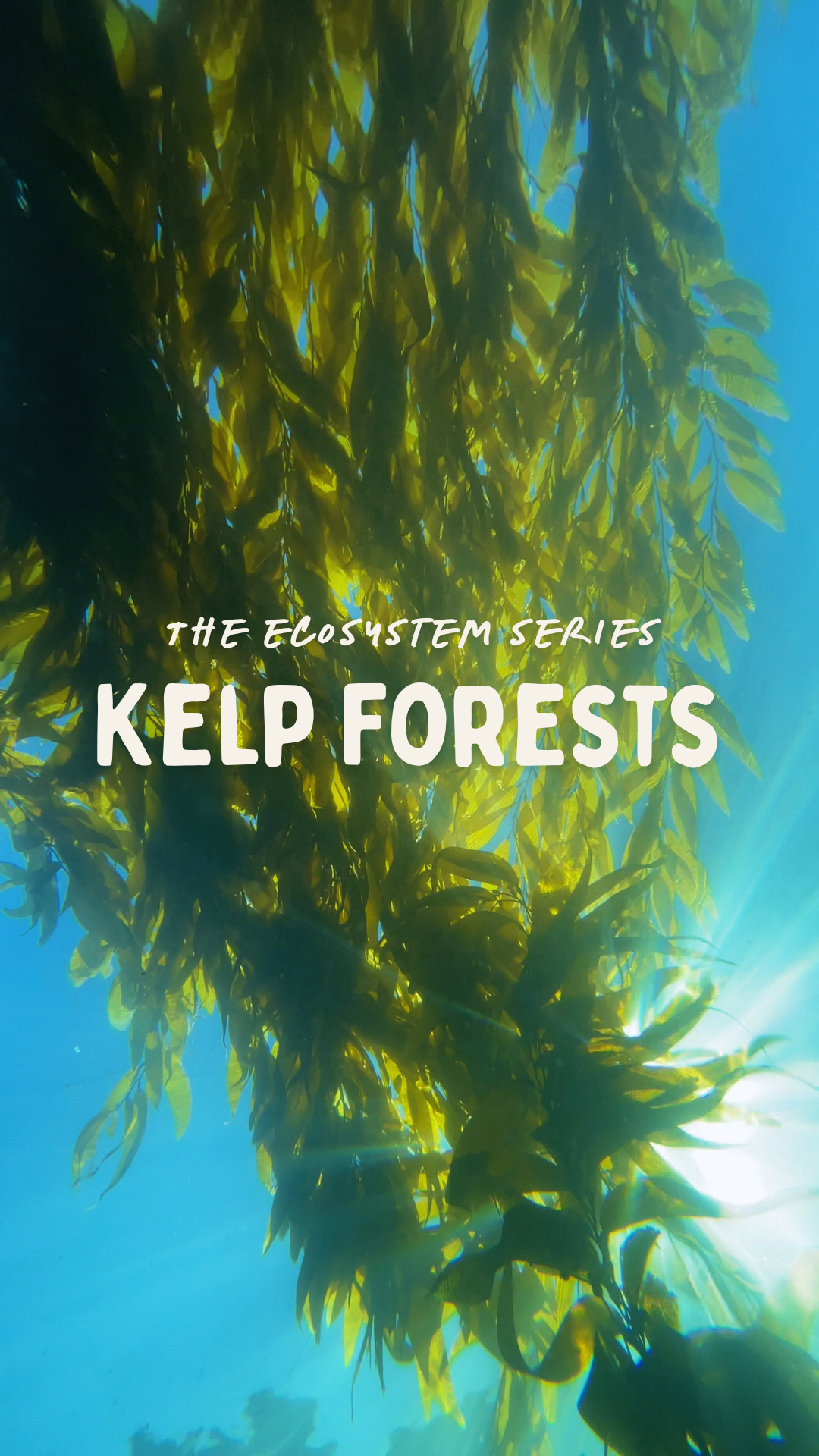
Did you know we need Kelp Forests?
25 % of the coastline is covered in kelp forests.... and in places like Northern California, only 5% of their historical population remains.
Kelp Forests benefit the Earth in many ways!
- Kelp supports around 1,500 species
- Kelp sequesters CO2
- Kelp increases water quality
We have never lived in a world without kelp and we aren’t about to start now! We are researching and restoring kelp forests with the help of our incredible partners.
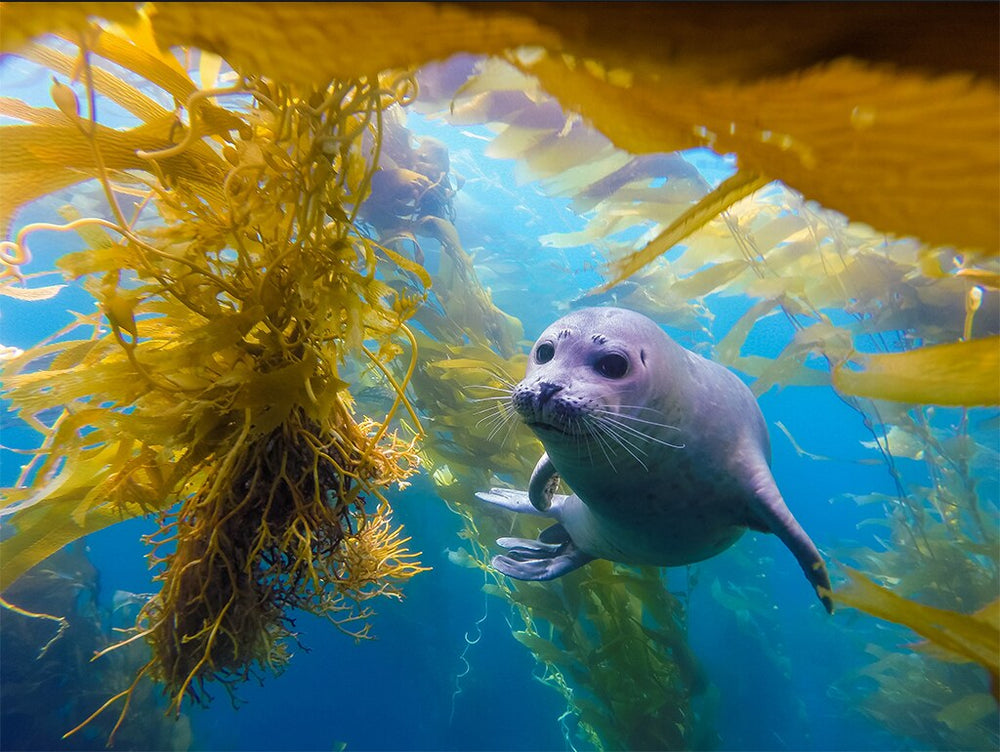
Biodiversity
These ecosystems support around 1,500 species, offering habitat and food for numerous marine organisms.
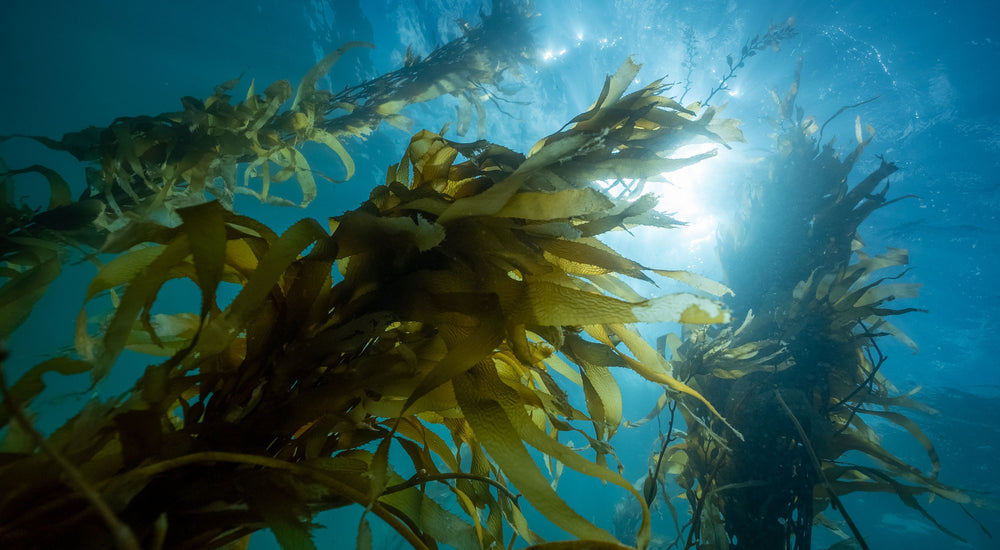
Carbon Sequestration
Kelp forests capture approximately 4.5 million tonnes of CO₂ annually, highlighting their potential as significant carbon sinks.
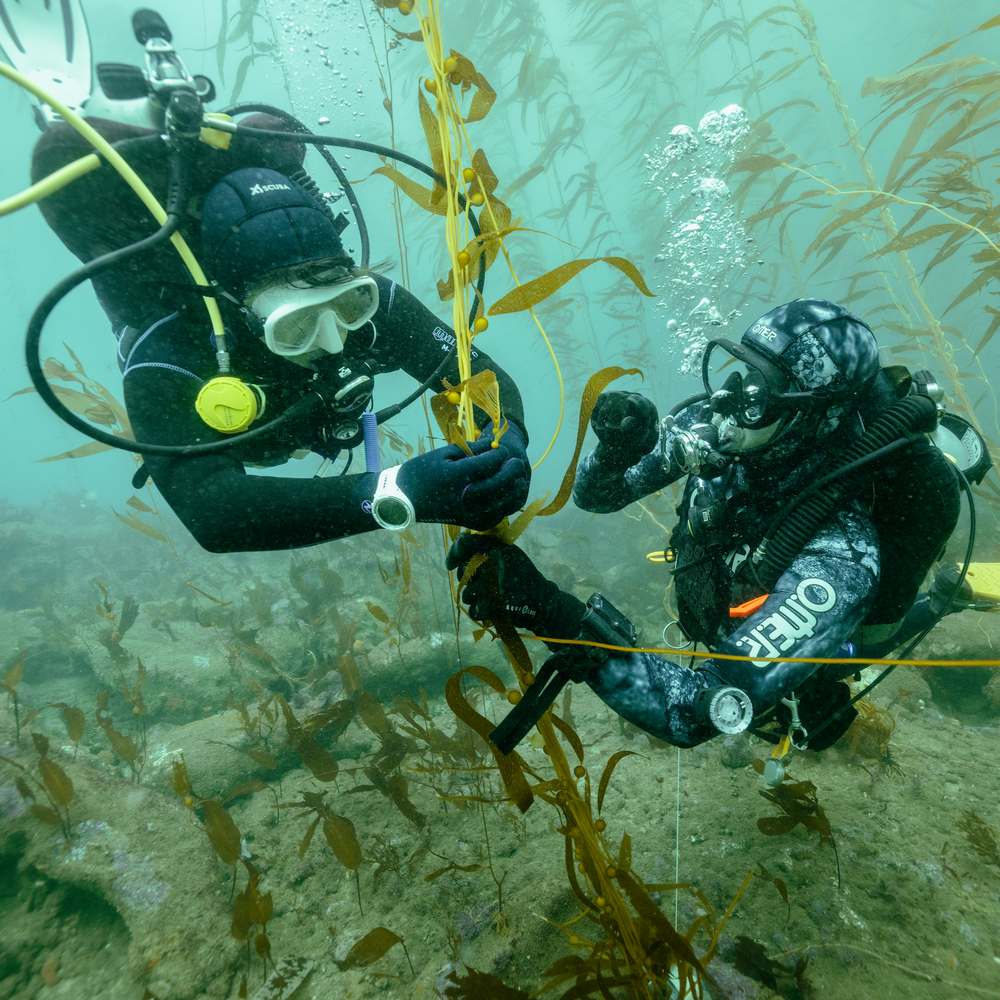
Economic Value
Kelp forests provide an estimated global economic benefit of $500 billion annually, primarily through supporting commercial fisheries and nutrient cycling.
Restore a Kelp Forest Today
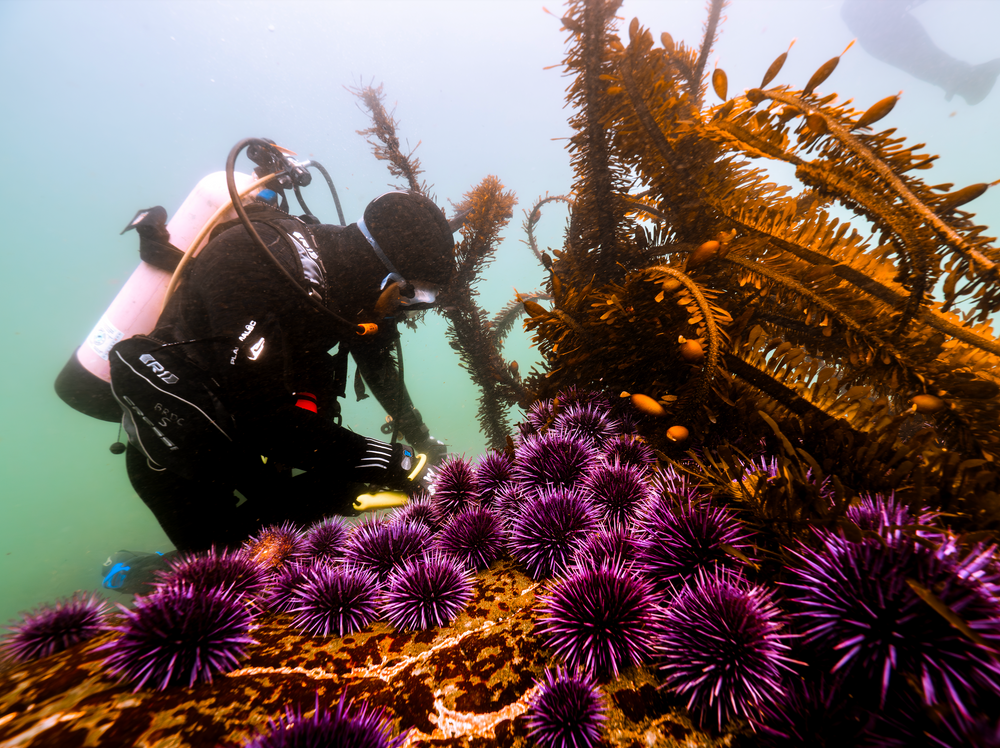
Similar to all other blue carbon ecosystems, kelp forests are among the most degraded - but their disappearance is the hardest to see.
